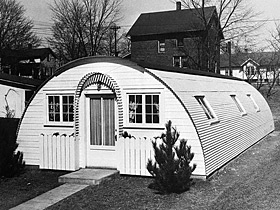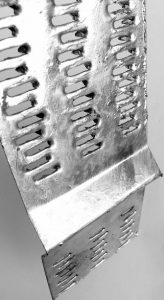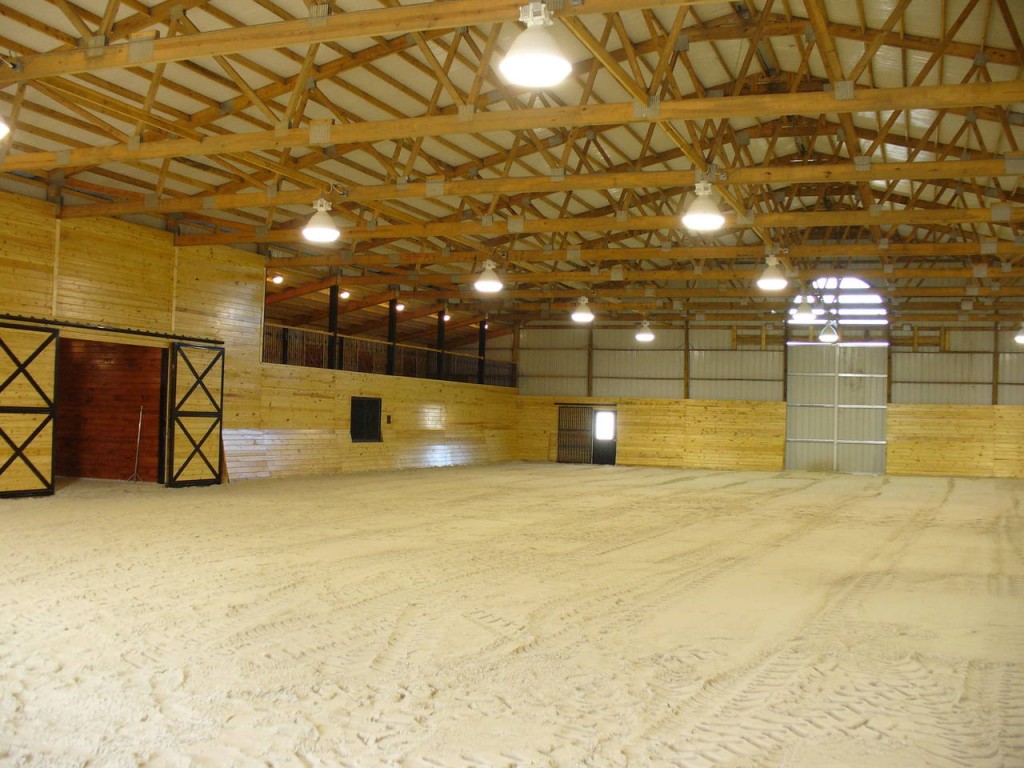With the proliferation of barndominiums, shouses and post frame homes there is always someone looking for a cheaper answer. I have found cheaper generally gets me exactly what I paid for – cheap. Well for some, cheap may be living in a Quonset hut.
Considering a Quonset building for your new home? Consider resale value – there are very few people who want to live in a Quonset!
You may have heard Quonsets advertised on television, radio, online (even on Ebay) and in back of Popular Mechanics.
I came across this query from a gentleman from Wake Forest, NC, “I have found some really good deals on the local craigslist from private individuals who have bought them and never put them up for one reason or another.” He wanted, “…to hear anyone’s input, good or bad. Yes, there are a lot of horror stories out there about poor schmucks that got hosed trying to buy from some less-than-scrupulous purveyors of these structures, but like I said, I plan on purchasing from a private individual who already has it in his possession.”
Now all of this got me thinking, so I started my research. It turns out Quonset huts were named for where they were first manufactured – Quonset Point, Rhode Island. First built for our Navy in 1941, as many as 170,000 Quonset huts were produced during World War II.
According to Wikipedia, “The erection of Quonset huts has been banned in the US state of Alaska for many years due to so many already being in the state and the majority of those falling into disrepair and becoming environmental hazards.”
I’ve never been involved in construction of a Quonset hut myself, as my background is in conventional stick frame and pole buildings. Due to this, I relied upon the experiences of four people.
When I was a post frame building contractor, Jay and his crew subcontracted labor on several pole barns we sold. Jay also did concrete work. On his own, he contracted to do concrete and assembly of a Quonset for a golf course driving range not far from me. This building was 40’ x 60’ and they worked on it every day for a month. Jay’s comments were anything but positive about concrete requirements and he said, “I’ve never seen and installed so many bolts in my life”. Of course when up and done, it had no endwalls, so those had to be constructed, and round walls precluded anything from being attached to them (not to mention it was near impossible to insulate.)
 This insulation issue brought me to a comment from a Bob in Paisley, PA, talking about a local feed store, “The feed store has had issues with theirs and the original owner said it was a bad choice. They had a company come in and spray adhesive type insulation to the entire inside. As the metal expands and contracts portions of the insulation failed to follow the same rates which in turn resulted in chunks of reflective insulation falling from the ceiling area. Condensation and drips formed after the insulation fell.”
This insulation issue brought me to a comment from a Bob in Paisley, PA, talking about a local feed store, “The feed store has had issues with theirs and the original owner said it was a bad choice. They had a company come in and spray adhesive type insulation to the entire inside. As the metal expands and contracts portions of the insulation failed to follow the same rates which in turn resulted in chunks of reflective insulation falling from the ceiling area. Condensation and drips formed after the insulation fell.”
A second experience was told to me by one of my oldest daughter Bailey’s friends. Her friend’s father bought a Quonset for a garage. The pieces for it lay in a pile next to their house for several years, untouched. He finally sold it. I can only surmise from comments it was quickly discovered to be far too much work to erect it, once purchased.
Online, I found this post from a gentleman who was actually espousing how wonderful Quonset buildings are:
“One of the few frustrating things about our Quonset is water leaks. The shell itself is engineered to be completely watertight. But, as with most well-planned projects, reality has a way of challenging the ideal. After checking all the bolts and tightening a few, we were able to seal all but a couple of leaks. The remaining few were due mainly to small tears in the metal at the bolt holes caused by over-stressing the skin in an effort to line up holes. After we made these mistakes a couple of times we realized our errors and corrected them. But the damage was done.
Our biggest problem was sealing leaks at the base, where the shell meets the concrete and where it ties into the base plate. We were advised to fill the void created by the shell meeting the channel with concrete, which we did. We also used a heavy application of caulking between the base plate and the concrete. In spite of this, when it rained, we had an indoor pool. We then caulked all around the concrete where it met the metal. It still leaked. We then coated the whole area with water-stop concrete, a kind of latex/cement material that is supposed to seal concrete and bond to metal…it still leaked. We caulked again…to no avail.”
Lastly, one of our former Building Designers, Paul, related from his personal history as a Quonset salesman. His words were, “Less than 50% of the ones sold, are ever constructed.”
My summation is – even if they were easy to construct, Quonsets generally come in a single color – galvanized. They are difficult to insulate, with condensation control certainly being an issue. The purchase price often does not include endwalls, and certainly not doors (and sometimes not even delivery). And, speaking of doors, how do door and window openings work with curved (or even extremely high ribbed) sides? In Bob’s words, “Unless you get one of the tall ones you end up with an area along each of the sidewalls that becomes unusable except for collecting junk on the floor. Then it can be a head banger along the wall whenever you walk directly toward it while looking down for the junk.”
If anyone has a great, glowing story about Quonset huts, I’d love to hear it, I really would. Because so far, I’m not impressed. But I am always willing to listen to….”the other side of the story.” Obviously I’m looking for objective evidence from those using quonsets…not just those selling.









Very interested
I am a general contractor
Currently building barns, garages, commercial warehouse
Please contact Rachel@HansenPoleBuildings.com Also join these two Facebook groups: https://www.facebook.com/groups/723351744742044/ and https://www.facebook.com/groups/693760454376775/
You can contact me for a story . I’m happy so far . I’m a 60 year old man and have built my solely by myself . With 2 exceptions . It’s 30×46 in Hendry County Florida and is 70 percent complete .
Please feel free to share your story when completed of 300-800 words (with photos would be nice). Actual person-hours involved would be helpful to include. Please email to PoleBarnGuru@HansenPoleBuildings.com
We built an18’deep x 25′ wide SteelMaster brand Quanset about 20 years ago and are still very HAPPY with it. Along with the building panels, we purchased the industrial base for attachment to the concrete footer, butyl type tape for the end laps of the panels, factory header and side panels for 2 garage doors and factory endwalls.
After 20 years, zero leaks, zero rust, structure still sound and true. Only complaint is we should have went bigger.
The optional baseplate is a superior method compared to the concreting into a shallow trench method of anchoring the panels to ground that many use. It also makes control of the length of the building much easier to control during construction. The first one is a learning experience and I suggest studying the directions before attempting construction, there are tricks that they gave that helped us avoid problems.